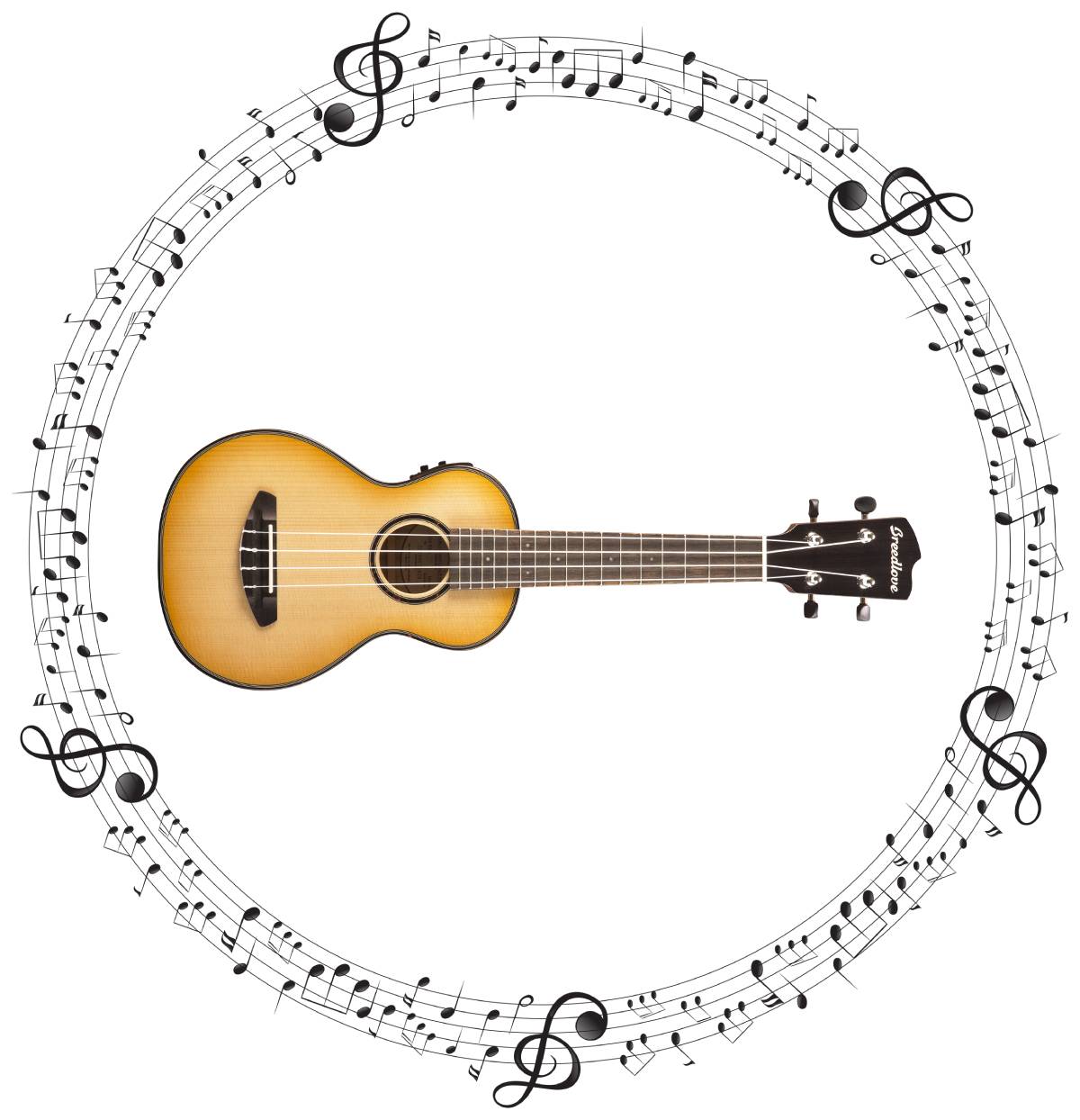

This gives us a very subtle and simple way of changing keys. So even though our chord progression initially looked ‘wrong’, the chords actually all fit into closely related keys. A Major and D Major are directly next to one another on the diagram. Looking at the Cycle of Fifths again we can see that this is actually not a big jump at all. We’re changing key between A Major and D Major. We’ll use the A Major scale followed by the D Major scale like so: Let’s say for this example we write a melody over the chords. It could also be a I-IV progression in the key of D Major. Next we’re moving from D Major to G Major, this is a V-I progression in the key of G Major. E, B or A over the E Major Chord, and A, D or G over the D Major chord. We could solo over the chords using up to 5 keys so far. By Playing E Major Followed By D Major we’ve set up a V-IV progression in the Key of A Major. Its the IV Chord.ĭ Major fits into 3 different keys just like E Major did. The keys of E and B Major don’t have a D Major chord but A Major does.

Once we move to the next chord in our progression, D Major, we narrow things down. However notes from any of the 3 keys above will work over this chord. Since all we’ve played is an E its fairly safe to assume we are in the key of E Major. You can learn more about the Circle/Cycle here. Note that these keys are all next to each other on the circle of fifths below. It can be the I, IV or the V Chord respectively. E occurs in the keys of E Major, B Major and A Major. When we play the first chord, E Major, there are 3 Major keys that we could be in. So what’s happening? Well, our simple progression contains a “Key Change”. You will see that none of them contain D Major, E Major AND G Major. How about the key of E Major? Well, finally we get an E Major chord, the I chord, yay! But The notes D and G aren’t in this key at all! However E is the second note and again the II chord would be minor. If we look at the Key of D Major, D is the I chord and G Major is the IV chord.

The note E is the sixth note of the G Major scale so it would be a minor chord. Obviously G is the I chord, whereas D Major is the V chord. Analyzing the progressionĭ Major and G Major are both in the key of G Major. Let’s take a deeper look at the progression above to see why it works. A lot of people feel confused by this when they first start to learn music theory. You can move through different keys during a song and even borrow notes or chords from other keys.

So how can that be if the chords are ‘wrong’? Well you don’t have to stay in the same key all the time. If I play that progression E – D – G – D, it sounds like this: If you want to learn about which chords occur in each key check out this post. This is because there is no Major key which contains all three of these chords. If you’ve started to learn about music theory the following progression might seem ‘wrong’: Analyzing an example like this using the circle of fifths will help you to write your own music and ideas using this concept. Let’s take a simple chord progression and put it under the microscope.
#Change music keys how to#
In this lesson we’re going continue to build on our knowledge of music theory and learn how to use the Circle of Fifths to change keys.


 0 kommentar(er)
0 kommentar(er)
